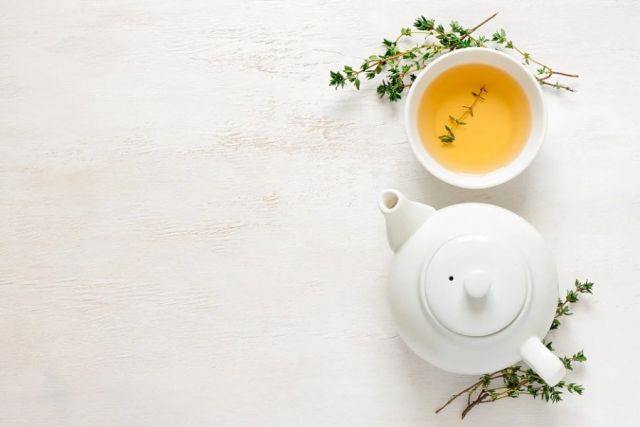
Scientists have found that the levels of 60 known disinfection byproducts (PPDs) in brewed tea are significantly lower than in original tap water. At the same time, experts have discovered around 500 compounds in the finished drink that can react with chlorine to form new, as yet unknown and potentially harmful by-products. The results of the study were published by the journal Environmental Science & amp; Technology.
Chlorine is used to disinfect boiled tap water, which is typically used to brew tea.
American researchers at the University of South Carolina and their Chinese colleagues at Tianjin University measured the levels of 60 BPI known in three popular brands of green and black tea. The levels of these substances in brewed tea have been found to be lower than in original tap water. Scientists explained this by the fact that many compounds evaporated during brewing or were absorbed by the tea leaves.
At the same time, it turned out that there are many unknown PPDs in the finished tea, the effect of which on human health has not been studied, but, according to the authors, tea contains around 500 compounds including polyphenols, amino acids, caffeine and others that can react with chlorine with the formation of PPD. For some of them, they have already been shown to be associated with the risk of developing cancer and complications during pregnancy and childbirth.
Gas chromatography & mdash; high resolution mass spectrometry & mdash; Scientists have identified 15 of these compounds for the first time, which the study authors say are formed by the reaction of chlorine with natural phenolic and polyphenolic precursors in tea leaves. SPD can also result from reactions with compounds in the tap water itself.
The total amount of organic halogens, which make up the bulk of FPD, in tea was about twice as high as in the original tap water. We managed to identify around 4%. Most of the & mdash; more than 12% & mdash; are dichloroacetic acid, trichloroacetic acid, and chloroform, which were still in the original water.
Although around 96% of the total amount of organic halogens in tea has gone undiagnosed, their concentrations, according to the researchers, do not pose any danger to it. man … To exceed the level of these harmless substances you will need to drink more than 50 cups of tea per day.
Earlier, the dentist told AiF.ru how to protect teeth from coloring products.

